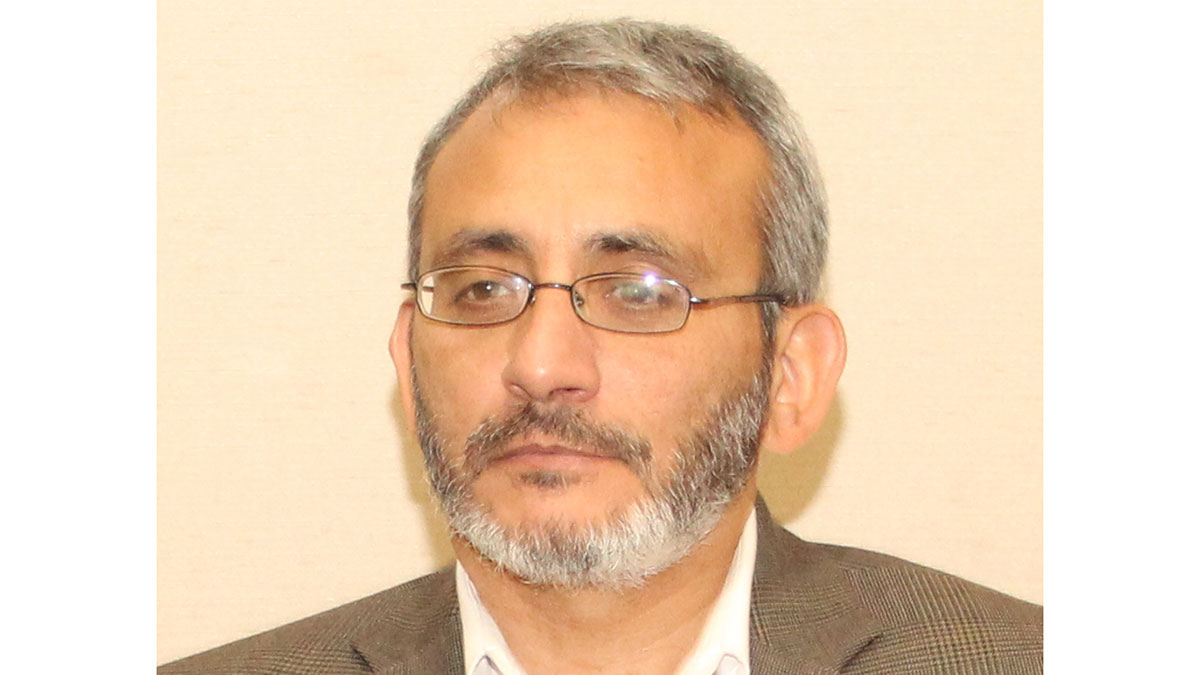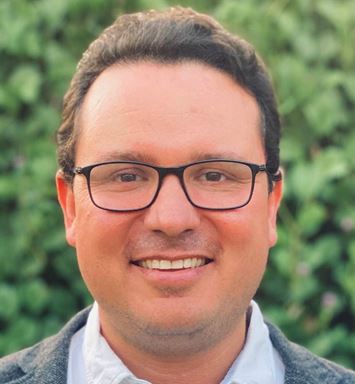Your Voice
Your Voice: ‘Chronic Unease’ the starting point in the journey to safety excellence

Global April 25, 2021 - By
A reduction in the number of health and safety events are directly correlated to the maturity of a safety program.
At 6 years old, my younger brother sustained serious burns in a kitchen fire. This was a life altering experience for me as a young man. This incident has impacted my entire family, where multiple visits to the doctor have taken place to help ease his pain. As a result, I developed a preoccupation with failure and risk. I always ask, “What could happen?” In the oil and gas industry, this preoccupation with risk is known as “Chronic Unease,” defined by Royal Dutch Shell as, “behavior adjustments that compliments situation awareness and supports process safety.” Chronic Unease can be geared toward excellence in safety performance.
Chronic Unease is a starting point in the journey of safety excellence and outstanding performance. This encompasses informed leadership, the granting of psychological safe spaces to report errors, the ability to challenge current work conditions, and an organization’s commitment to be involved in continuous improvement activities. During my employment at Shell, it became evident that a reduction in the number of health and safety events are directly correlated to the maturity of a safety program.
Some characteristics of safety performance modes on the maturity scale include:
• The pathological mode is defined as, “as long as a committed violation is not noticed then I am okay.”
• The reactive mode, where organizations do a lot in the case of an incident.
• The calculative mode, in which systems are in place to handle safety hazards.
• Last, the generative mode, where safety is the way an organization intends to conduct business and it holds each employee accountable to the organization’s overall performance. This final mode is where the value of employees’ safety is essential to their personal well-being, to their families, and to business continuity.
As a lead assessor in the Operational Excellence (OE) Department, I am mindful of the different operating modes relevant to safety to produce a coherent and well integrated corporate assessment. Needless to say, OE assessors are constantly learning from the frequent engagements with colleagues from the Loss Prevention Department. During the OE Corporate Assessment, a lot of attention is given to the OE processes, which are important as they directly impact the safety culture within Aramco, such as management of change, root cause analysis, and emergency preparedness. Productive discussion between assessors from various corporate entities are taking place to align observations and recommendations from the safety management system team within the OE team with one goal in mind: to sustain safety as a top priority.
Your Voice reflects the thoughts and opinions of the writer, and not necessarily those of the publication.



